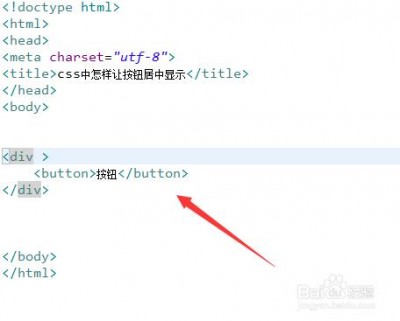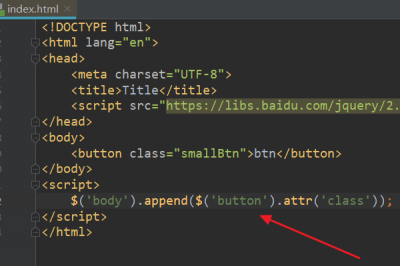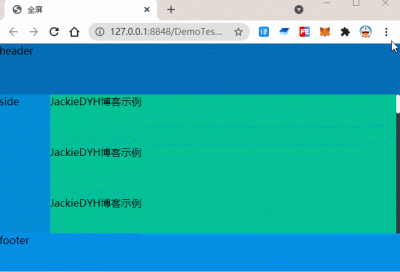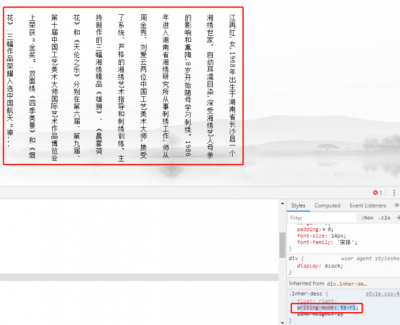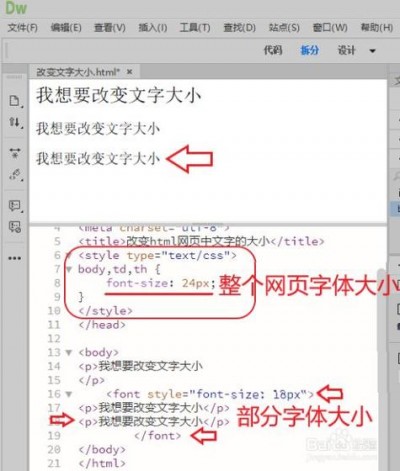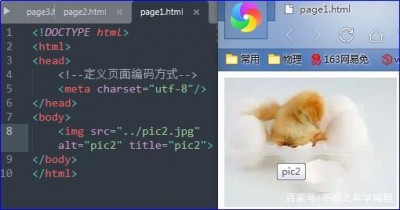前言
对aop进行一个阶段性的总结。
正文
首先什么是aop呢?
那么首先看aop的解决什么样的问题。
public class Program { public static void Main(string[] args) { } public void ChangePosition1() { // your operation SavePosition(); } public void ChangePosition2() { // your operation SavePosition(); } public void SavePosition() { } }看上面这个位置:
ChangePosition1 和 ChangePosition2他们做完一些操作之后,需要做相同的操作,如上面所述,需要保存位置。
只有两个方法调用,那么不是啥子问题。
但是如果有大量的方法去调用这个东西,那么问题就出现了。
第一:重复性的工作
第二:出错率,每次都要写一遍,可能出现忘记的情况
第三:看着不优雅那么在如此多的案例的情况下,人们都发现了规律。
比如说,在某个行为前做什么,在某个行为后做什么。
那么我们可以进行扩展:
public void Dosomething() { // your operaion } aspect logging { befor(dosomething is called) { Log.Write("enter dosomething") } after(dosomething is called) { Log.Write("after dosomething") } } aspect verification() { befor(dosomething is called) { // your verification } }比如我们的验证和日志,可以通过这些aop去处理。
aop 全称是aspect-oriented programming 中文大多翻译过来是面向切面编程。
oriented 是面向,比如日志、验证,这些是aspect。
所以取了asepct-oriented programming 这个名字。
好的,那么现在了解了aop是什么东西,也了解了他的由来。
下面了解一下aop滥用的情况。
什么情况aop会滥用呢?
比如说:
public void setsomething() { } aspect shutup { after(something is called) { // shutup } }这种aop 就是反模式,不被推荐的。
原因是,比如我执行了setsomething之后,我setsomething 的意思是设置某一些东西,而没有shutup的含义。
但是最后却运行了该操作,这样难以维护和理解。
那么为什么logging 和 verification 能够被人所接受呢?
因为其没有破坏我们该代码的逻辑,的确setsomething做的事情就是它应该做的事情,不对执行逻辑造成影响。
深入一下aop是如何实现的呢?其实aop的原理很简单,但是优雅实现的却有一点点复杂。
字节码操作:
优点:字节码操作可以在更细粒度的层面上操作代码,可以实现更灵活和精细的AOP功能。可以在编译期或运行期动态修改字节码,对目标类进行修改。 缺点:实现相对复杂,需要对字节码结构有一定的了解。可能会影响代码的可读性和维护性。代理技术:
优点:代理技术相对简单易懂,可以快速实现AOP功能。可以通过代理对象来实现横切关注点的功能,不需要直接操作字节码。 缺点:代理技术通常在运行时动态创建代理对象,可能会引入性能开销。对于一些高性能要求的场景,可能不太适合。下面对这个分别进行举例:
先从好理解的代理开始:
public class LoggingAspect { public void LogBefore(string methodName) { Console.WriteLine($"Logging before {methodName} execution"); } }然后创建相应的代理:
public class UserServiceProxy<T> : DispatchProxy { private T _decorated; private LoggingAspect _loggingAspect; protected override object? Invoke(MethodInfo? targetMethod, object?[]? args) { _loggingAspect.LogBefore(targetMethod.Name); return targetMethod.Invoke(_decorated, args); } public static T Create(T decorated) { object proxy = Create<T, UserServiceProxy<T>>(); ((UserServiceProxy<T>)proxy)._decorated = decorated; ((UserServiceProxy<T>)proxy)._loggingAspect = new LoggingAspect(); return (T)proxy; } }解释一下,这个create创建了什么,这个create 创建了两个类型的继承类。
也就是创建了动态类型。
public class UserService : IUserService { public void Login() { Console.WriteLine("User logged in"); } }现在是我们的代码实现了。
那么看下是怎么调用的。
public static void Main(string[] args) { IUserService userService = new UserService(); IUserService proxy = UserServiceProxy<IUserService>.Create(userService); proxy.Login(); }这样就调用完成了。
看下效果。

这样就完成了相应的code。
至于为什么我们在使用框架的时候进行属性标记即可,那是因为框架帮我们把事情做了。
例如:
安装PostSharp:首先需要安装PostSharp NuGet包。
定义切面类:
[Serializable] public class LoggingAspect : OnMethodBoundaryAspect { public override void OnEntry(MethodExecutionArgs args) { Console.WriteLine($"Logging before {args.Method.Name} execution"); } } 应用切面:在需要应用AOP的方法上添加切面标记。 public class UserService { [LoggingAspect] public void Login() { Console.WriteLine("User logged in"); } }至于这个框架是怎么实现的,原理就是利用MSBuilder。
MSBuild工具可以通过自定义任务(Custom Tasks)来实现预处理操作。通过编写自定义任务,可以在MSBuild构建过程中执行特定的预处理逻辑。以下是一个简单的示例,演示如何在MSBuild中使用自定义任务进行预处理:
创建自定义任务: using Microsoft.Build.Framework; using Microsoft.Build.Utilities; public class CustomPreprocessTask : Task { public override bool Execute() { // 在这里编写预处理逻辑 Log.LogMessage("Custom preprocessing task executed."); return true; } } 在项目文件中引用自定义任务:在项目文件(.csproj)中添加以下内容,引用自定义任务:
<Project xmlns="http://schemas.microsoft.com/developer/msbuild/2003"> <UsingTask TaskName="CustomPreprocessTask" AssemblyFile="Path\\To\\CustomTask.dll" /> <Target Name="CustomPreprocessTarget" BeforeTargets="Build"> <CustomPreprocessTask /> </Target> </Project> 执行预处理操作:在构建项目时,MSBuild会执行自定义任务中定义的预处理逻辑。可以在Execute方法中编写任何需要的预处理代码,例如生成文件、修改配置等操作。
通过编写自定义任务并在项目文件中引用,可以利用MSBuild进行预处理操作。这样可以在构建过程中执行特定的逻辑,实现更灵活的构建流程。
代理模式,就是利用了msbuilder 预处理逻辑,在编译前进行了预处理。
那么字节码模式就是在msbuilder 编译后进行预处理。
using Mono.Cecil; using Mono.Cecil.Cil; public class LoggingAspect { public void LogBefore() { Console.WriteLine("Logging before method execution"); } } public class Program { public static void Main() { AssemblyDefinition assembly = AssemblyDefinition.ReadAssembly("YourAssembly.dll"); ModuleDefinition module = assembly.MainModule; TypeDefinition type = module.Types.Single(t => t.Name == "UserService"); MethodDefinition method = type.Methods.Single(m => m.Name == "Login"); ILProcessor processor = method.Body.GetILProcessor(); Instruction firstInstruction = method.Body.Instructions.First(); // 在方法开头插入日志记录代码 processor.InsertBefore(firstInstruction, processor.Create(OpCodes.Call, typeof(LoggingAspect).GetMethod("LogBefore"))); assembly.Write("YourModifiedAssembly.dll"); } }就是在我们程序编译完成后,进行在相应的位置进行注入程序。
结
下一节oop,关于aop解决一些实际问题的例子后续补齐。
